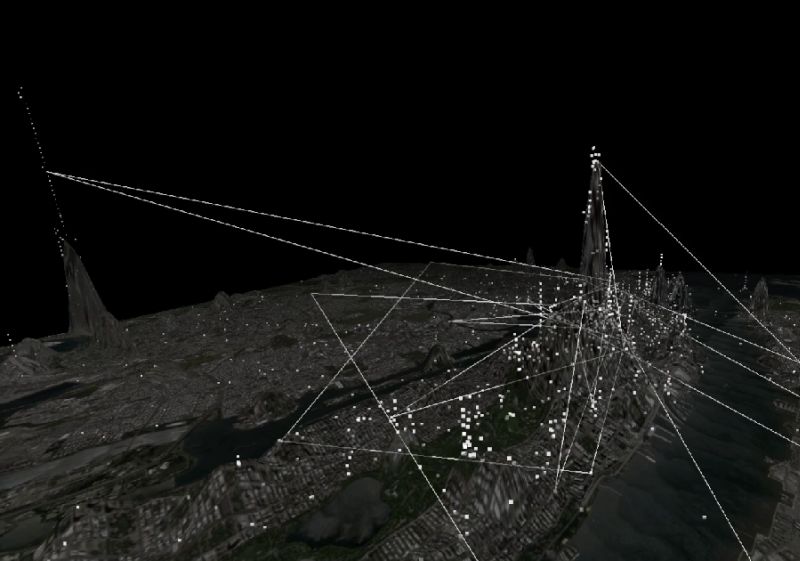
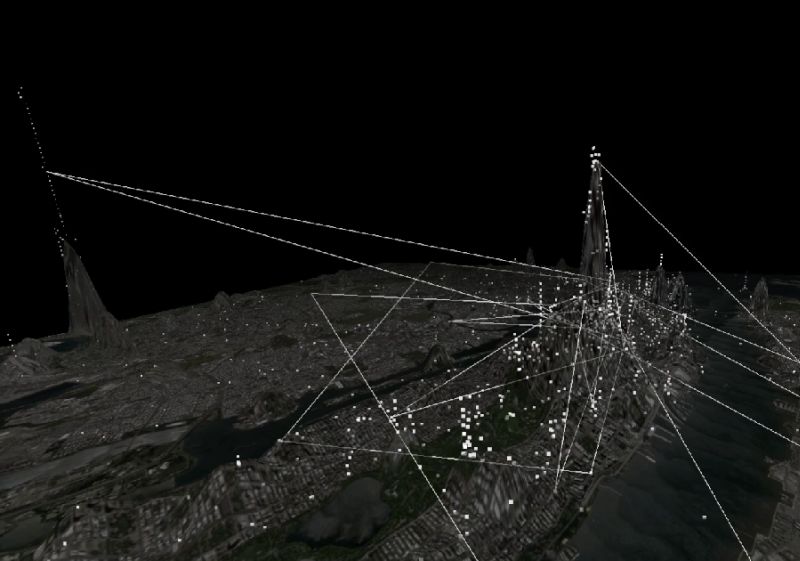
Cities are re-imagined in real time from social network feeds in Schema's Invisible Cities project, which builds altogether new landscapes by using human interaction to lay the foundations.
Schema's Christian Marc Schmidt, in collaboration with media artist and programmer Liangjie Xia, set out to recreate Austin, New York, San Francisco, Seattle and Tokyo as fully searchable cities based not on their bricks-and-mortar architecture but data pulled in from Twitter and Instagram.
Real time activity is layered over the city map as individual nodes, while aggregated data forms the terrain below. As digital interactions occur they are fixed in place by geographic location, combining to form new landscapes, hills and valleys, depending on the flow of data at each, and interactively capturing the movements and moods of the inhabitants.
Using Leap Motion gesture control, users can then explore the cities as they are set in motion by their inhabitants' online activity, resulting in an immersive, data-rich visualisation. The app is available at Leap Motion Air Space.
From the decidedly low-tech but high charm Mapping Manhattan project through to the navigable digital blueprints of the Netherlands, the modern city exudes a certain enchanting magnetism and is equally the product of, and producer of creativity. Here, on and offline worlds coalesce.
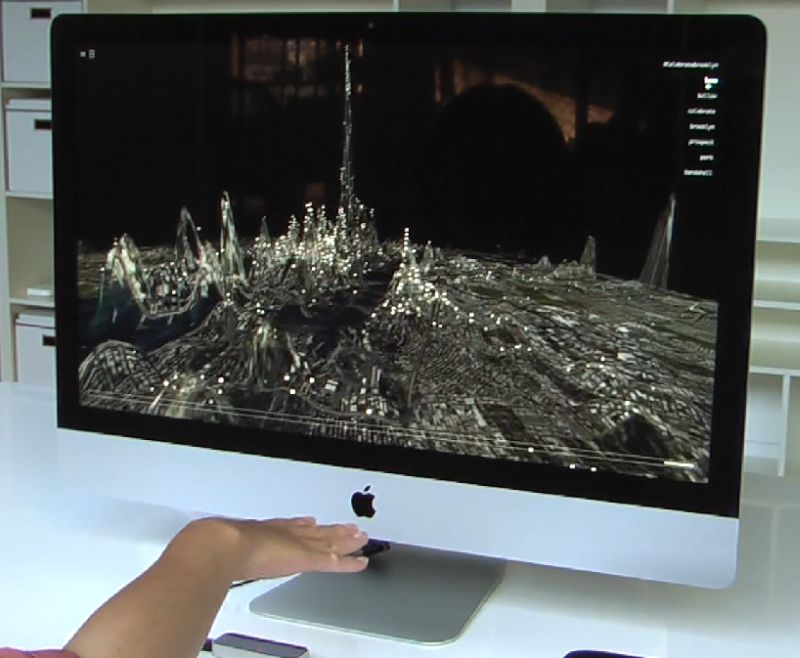
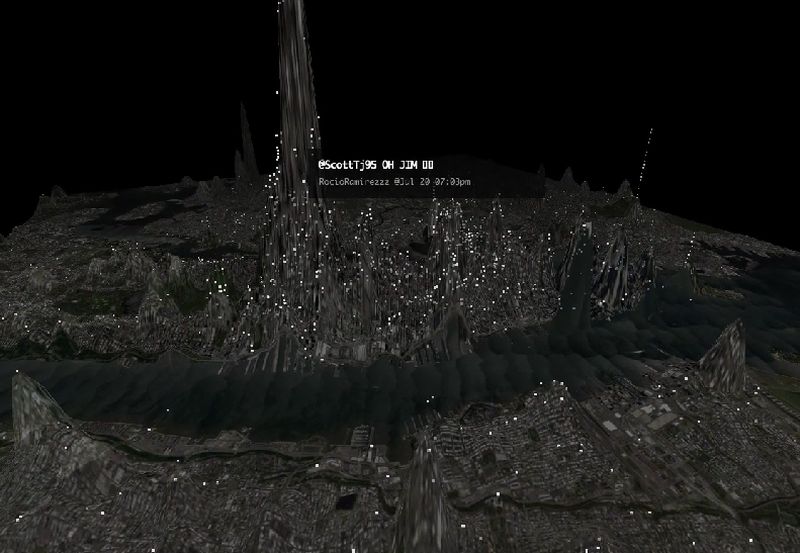
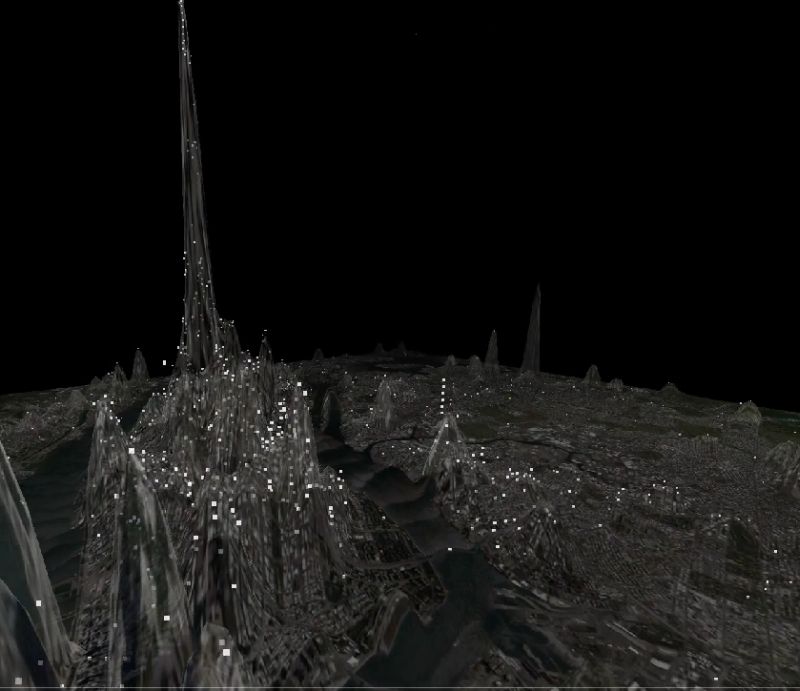



Discussion